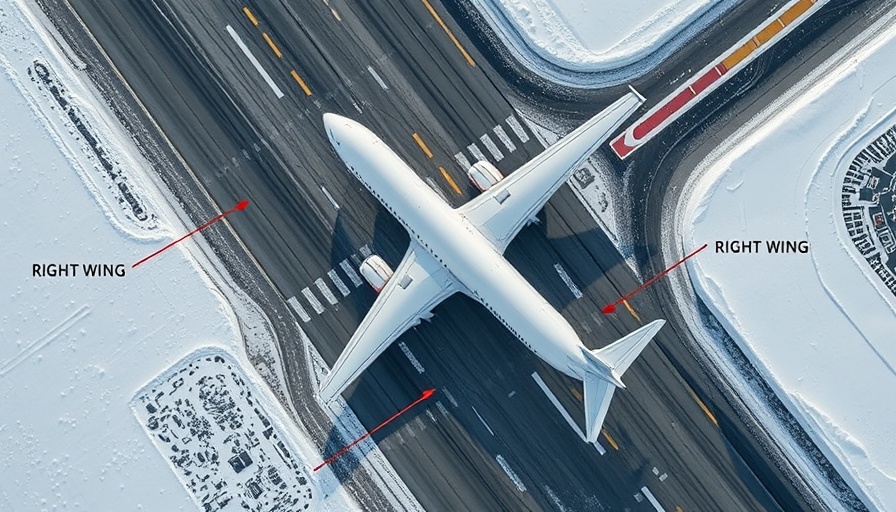
Crucial Updates on Recent Aviation Incidents
A series of aviation incidents have captured the attention of the flying public and regulatory authorities alike. While each incident stands on its own, the preliminary findings highlight the complexities of aviation safety and regulation. Investigators are working diligently to reveal the facts behind these events, and ongoing developments show promise for enhanced safety protocols moving forward.
The Dreamliner Crash in Ahmedabad: What Do We Know?
In the case of Air India flight 171, the investigation has made significant strides since the crash earlier this month. Both the Enhanced Airborne Flight Recorders (the Cockpit Voice Recorder and the Flight Data Recorder) have been recovered. While initial assessments indicated fire damage to the Flight Data Recorder, recent reports confirm that critical data has been successfully extracted. This information will prove vital in piecing together the timeline and events that led to the mishap shortly after takeoff. Analysts suggest that we might see a final report as early as next month, indicating that investigators could have insights into the crash's causes.
Near Miss: Lessons from Midway
A near miss at Chicago's Midway International Airport has raised eyebrows as authorities delve deeper into what went wrong. Preliminary findings from the NTSB indicate that a runway incursion by Flexjet flight 560 almost resulted in a catastrophic collision with Southwest Airlines flight 2504 during landing. Both crews reported confusion regarding their positions, with the Flexjet crew mistakenly believing they were crossing a taxiway. The cockpit voice recorders were overwritten, meaning that the information gleaned from crew interviews and ADS-B tracking becomes paramount. The decision by the Southwest crew to perform a go-around—just feet away from the encroaching Challenger—highlights the need for precise communication and situational awareness in the cockpit.
Maintaining Safety at Ronald Reagan Washington National Airport
In response to a mid-air collision near Washington, D.C., the FAA has instituted changes to helicopter traffic patterns around Ronald Reagan Washington National Airport effective June 12. This proactive measure aims to enhance safety protocols in the congested airspace. Scheduled investigative hearings will pinpoint key factors behind the incident, taking place from July 30 to August 1, 2023, and will be broadcast live for public access. The potential outcomes may lead to permanent changes in operations and policies in busy urban airspaces.
Fire Incident at Denver: Root Causes Revealed
A fire incident involving American Airlines in Denver has drawn attention to maintenance practices crucial for flight safety. Preliminary reports confirm that a fuel leak, attributed to improper maintenance involving a mistakenly installed lockwire and actuator, was responsible for the incident. Furthermore, complications arose during passenger evacuation when an emergency door failed to open correctly—a factor that could have had dire consequences. This incident underlines the importance of rigorous maintenance protocols to ensure that aircraft are always fit for flight.
The Overturning of the CRJ900: Investigating Design Limits
A close look at the overturning of a Bombardier CRJ900 on a busy runway has revealed troubling factors regarding landing protocols. Analysis by TSB Canada highlighted an excessive descent rate of 1,110 feet per minute at touchdown, nearly double the recommended rate. This incident raises questions about pilot training and adherence to operational limits, and stresses the critical nature of ongoing education for flight crews to prevent future occurrences.
Conclusion: The Road Ahead for Aviation Safety
The updates on these incidents emphasize the aviation industry’s continuous quest for improvement. Each incident serves as a reminder of the delicate nature of air travel and the importance of both regulations and operational adherence by flight crews. As the investigations unfold and findings are compiled, we can expect the introduction of more stringent measures aimed at ensuring passenger safety across commercial airlines.
 Add Row
Add Row  Add
Add 




Write A Comment